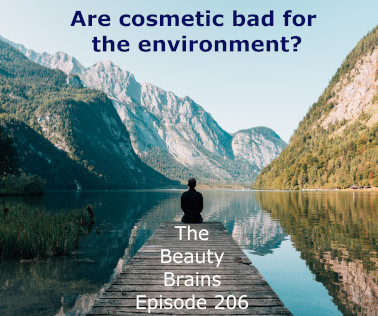How do cosmetics impact the environment? episode 206
The Beauty Brains
JANUARY 15, 2020
Pictures of complaints Ingredient list: Water (Aqua), Ethyl Alcohol, Glycerin, Algin, Titanium Dioxide (CI 77891), Citrus Grandis (Grapefruit) Seed Extract, Mica, Ascorbic Acid*, Polyvinyl Alcohol, Tin Oxide (CI 77861), Ethylhexylglycerin, Chlorphenesin, Silica, Phenoxyethanol, Fragrance (Parfum), Benzyl Benzoate, Limonene.












Let's personalize your content